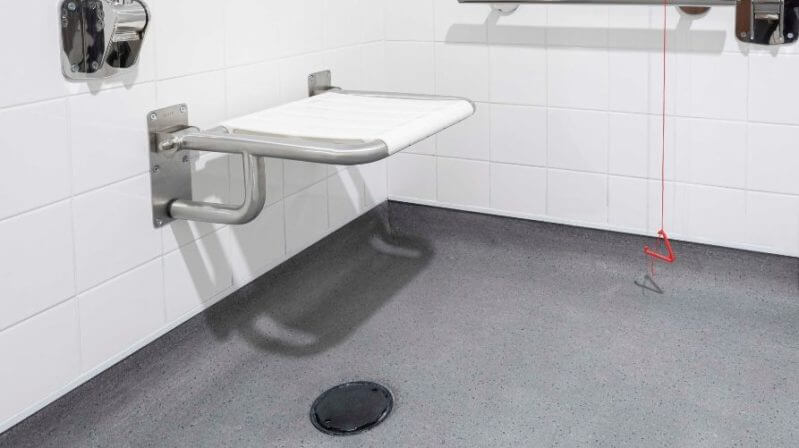UK Population
With around 21% of the UK population (14.1 million people) with a disability, and just over 48% of these disabled people (6.8 million) having mobility issues¹, it is important to ensure the UK’s housing stock can cope with demand for accessible homes.
Document M
Document M of England’s Building Regulations sets out to ensure that people can access and use buildings and their facilities, and was the Governments attempt to consolidate different independent standards for accessible housing, including the Lifetime Homes Standard and the Wheelchair Accessible Housing Standard.
However, sections M4(2) accessible and adaptable dwellings and M4(3) wheelchair user dwellings of the Building Regulations are optional requirements, although local authorities can require a certain proportion of new development homes in their area to meet it.
Leaving the decision up to individual local authorities has caused a disparity across the country. London appears to be leading the way with the London Plan requiring 90% of homes to meet the standard, but outside of London less than a quarter of new homes are required to meet the standard, according to social landlord Habinteg².
Government Consultation
The Government is currently reviewing a consultation for raising accessibility standards for new homes. With one option proposed to mandate the current M4(2) requirement in Building Regulations as a minimum standard for all new homes, and a set percentage of M4(3) homes to be applied in all areas³.
Current M4(2) requirements for new dwellings are to make reasonable provisions for most people to access the dwelling and incorporate features that make it potentially suitable for a wide range of occupants, including older people, those with reduced mobility and some wheelchair users.
This includes, where reasonable, making provisions for level access showering on the entrance storey, and provision for a potential level access shower to be made within the bathroom if not provided elsewhere within the dwelling.
Section M4(3) states that dwellings should provide suitable WC and washing facilities, whether that be wheelchair adaptable or wheelchair accessible. To comply every room that contains an installed level access shower is constructed as a wet room.
Meeting Future Needs
The proposals being considered will no doubt help to ensure the future of creating sufficient accessible dwellings. Alongside using modern methods of construction in developments, meeting potential future accessible building requirements and ambitious new homes targets could be achievable.
It will however be increasingly important to be able to rely and lean on manufacturers such as On The Level, to provide innovate solutions, that can adapt to changing requirements, and provide efficiency saving products.
The time has come to make sure that today’s new houses can be forever homes.
Need further help?
On The Level are able to assist with advice, installation instructions and products for future bathroom adaptations. Get in touch to discuss your requirements.
Sources
1. Source: Family Resources Survey: financial year 2018/19
2. Source: https://www.housingtoday.co.uk/news/plan-to-make-all-new-homes-meet-lifetime-standard/5107851.article
3. Source: https://assets.publishing.service.gov.uk/government/uploads/system/uploads/attachment_data/file/930274/200813_con_doc_-_final__1_.pdf

